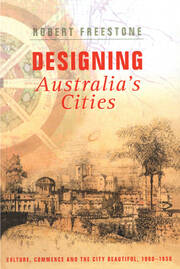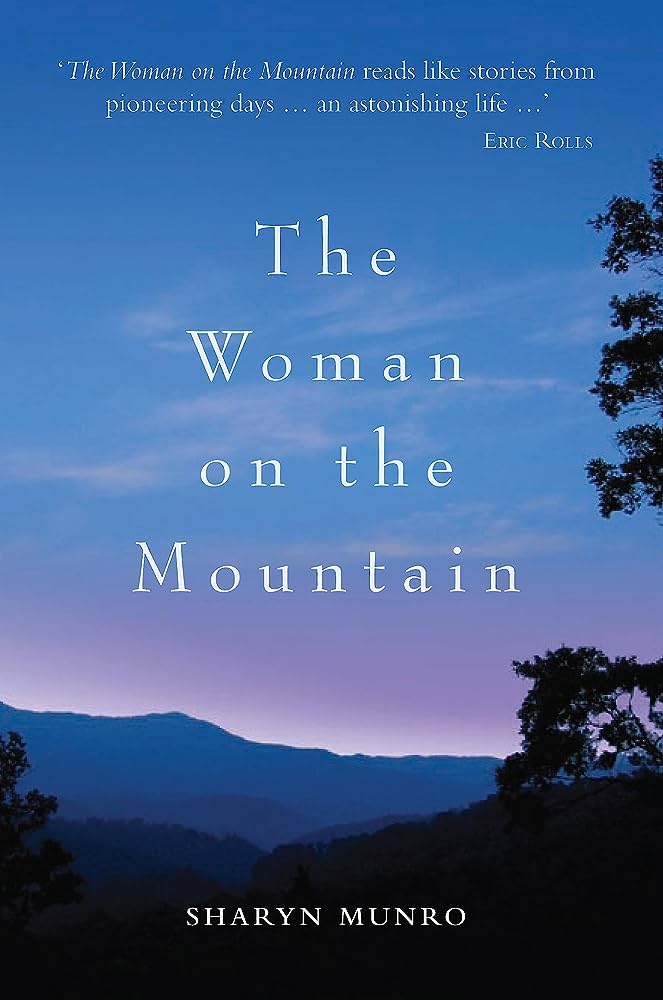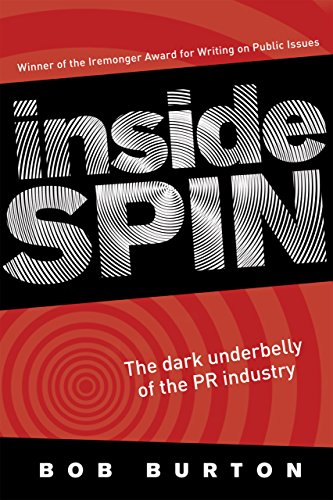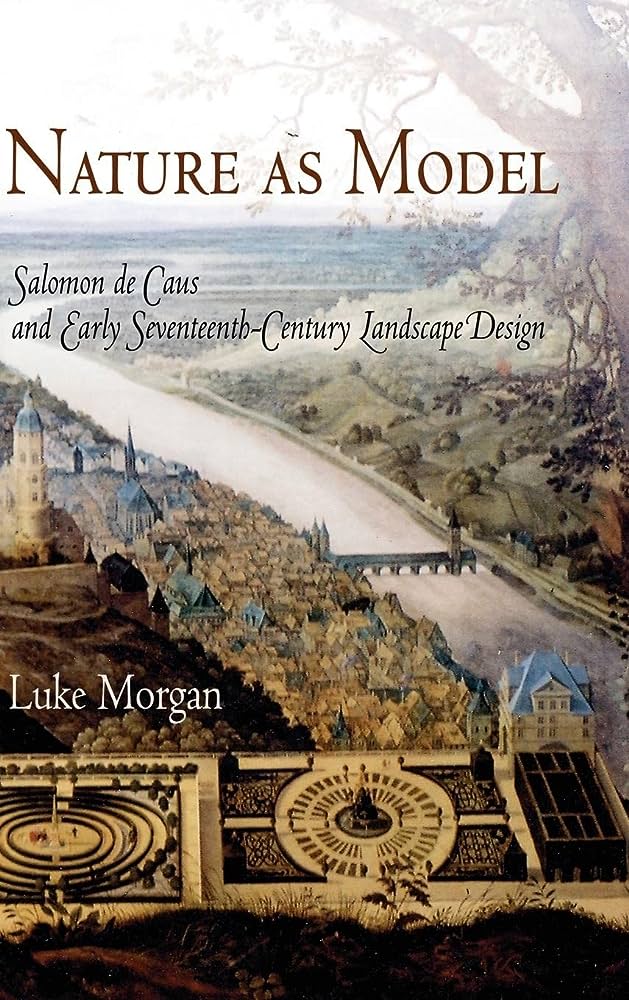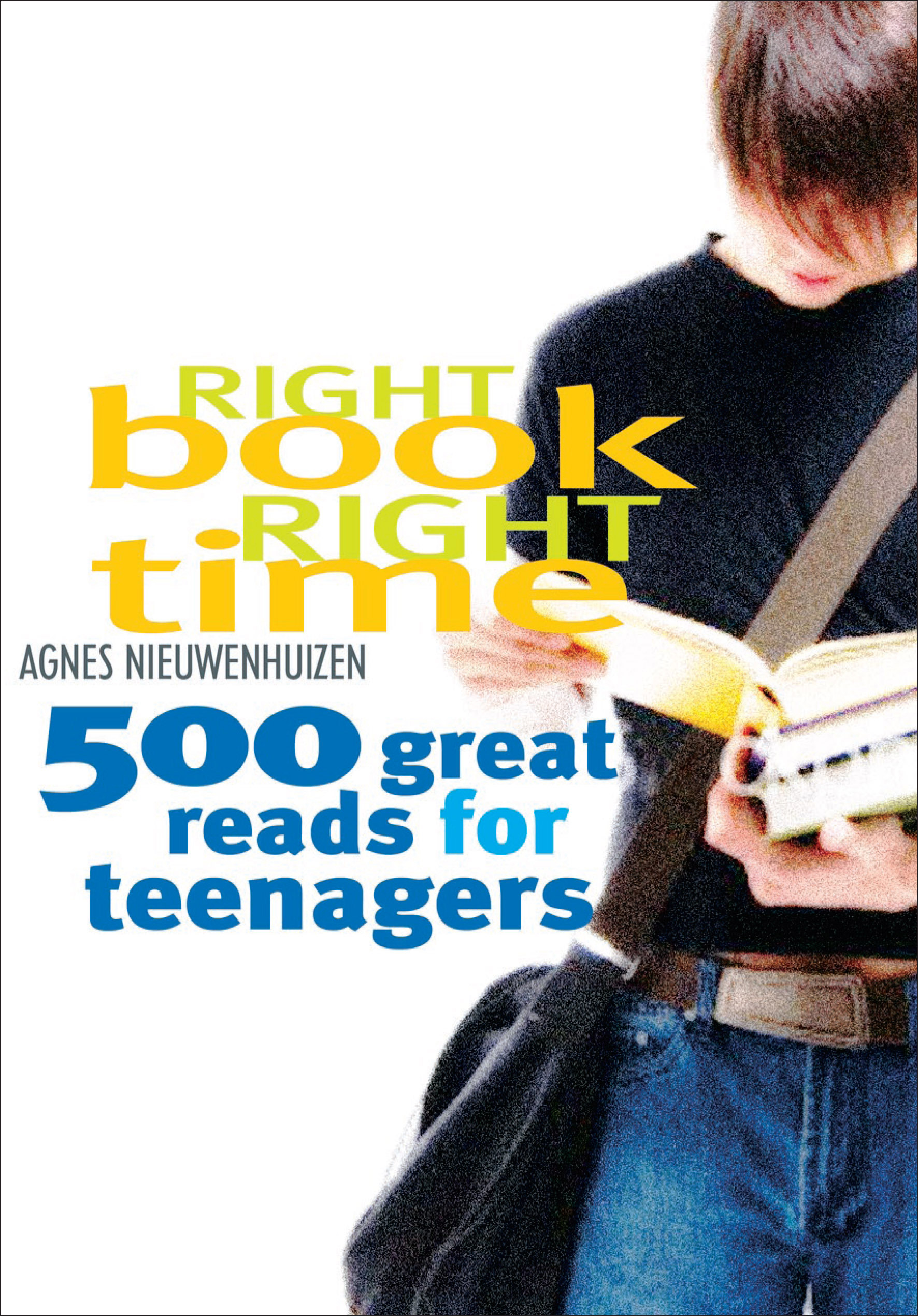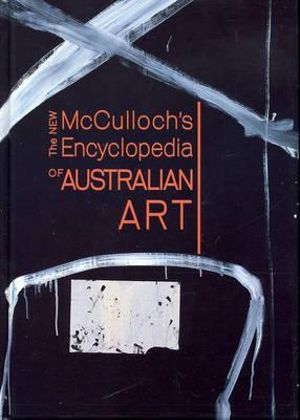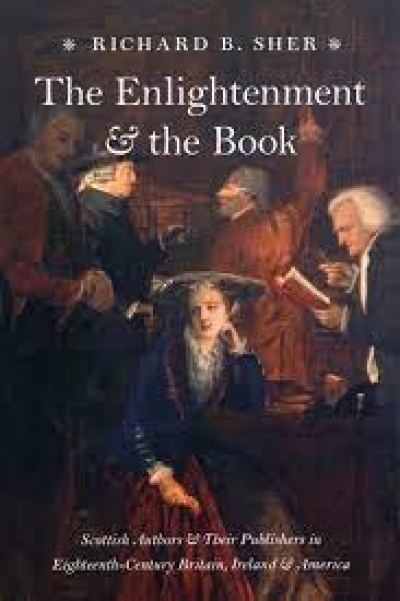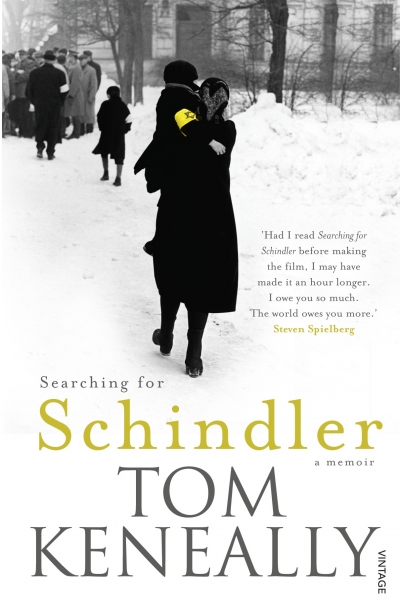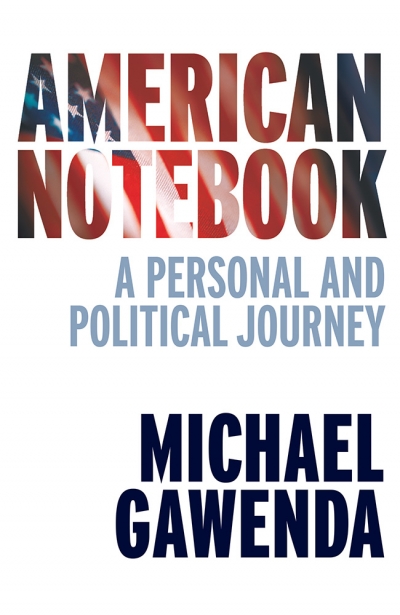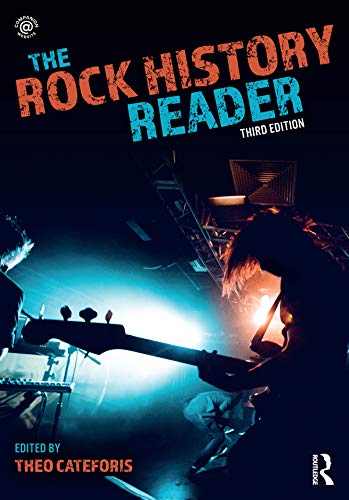Non Fiction
Designing Australia's Cities: Culture, commerce, and the city beautiful 1900–1930 by Robert Freestone
The planning history of our cities is one that has received surprisingly little attention. While the catalogue abounds in detailed studies – Adelaide and Canberra between them account for the bulk of this literature – national overviews, much less international contexts, are thin on the ground. In this rarefied atmosphere, Robert Freestone has been a generous contributor. His earlier Model Communities: The Garden City movement in Australia (1989) provided a comprehensive overview of urban planning in the period here under review (1900–30). Designing Australian Cities now provides a complementary overlay.
... (read more)Sharyn Munro lives alone in a mudbrick house on a mountain near the Hunter River, many miles from the nearest shop or neighbour. In her late fifties, with arthritis slowly encroaching, she attempts to revegetate rainforest gullies, grows her own food and provides a refuge for wallabies, quolls and antechinus. Munro’s memoir, The Woman on the Mountain, sets out to explain this ‘foolhardy’ choice of abode.
... (read more)Inside Spin: The Dark underbelly of the the PR industry by Bob Burton
Bob Burton is not one to pull punches: early in Inside Spin he describes the public relations (PR) industry as one dominated by a ‘culture of secrecy’ with its practitioners operating ‘on the basis that they are most successful when they are nowhere to be seen’. That the industry is largely unregulated adds to the sense of unease that many Australians feel about its activities.
... (read more)Nature as Model: Salomon De Caus and early seventeenth century landscape design by Luke Morgan
In the early seventeenth century, the German princely territory of the Palatinate burst on to the centre of the European political stage. In August 1619 the Elector Palatine Frederick V – ruler of one of the most prosperous and culturally vibrant territories of the Holy Roman Empire, and a leader of Protestants throughout Europe – was elected king of Bohemia. This put him in opposition to the newly elected Holy Roman Emperor, Ferdinand II, an Austrian Hapsburg and leader of the Catholic forces, who had been deposed a year earlier by the same rebellious Bohemian estates which then elected Frederick. These events quickly fuelled what has come to be known as the Thirty Years War (1618–48), one of the most ferocious in Europe’s bloody history.
... (read more)Right Book, Right Time: 500 Great reads for teenangers by Agnes Nieuwenhuizen
This is Agnes Nieuwenhuizen’s third guide to teenage reading: Good Books for Teenagers (1992) was followed by More Good Books for Teenagers (1995). Thankfully, this latest instalment is not Even More Good Books for Teenagers, but the much less prescriptively titled Right Book, Right Time: 500 Great Reads for Teenagers. Whereas ‘good’ collocated all too easily with ‘a good breakfast’ – as in bran – ‘great’ communicates a certain quality of excellence or a joyful exclamation. Either way, we immediately understand that when there is chemistry between young people and books something exciting, of both literary and personal significance, is going on.
... (read more)The New McCulloch's Encyclopedia of Australian Art by Alan McCulloch, Susan McCulloch and Emily McCulloch Childs
There is no denying the ‘dynastic monument’ that is the fourth edition of the The New McCulloch’s Encyclopedia of Australian Art. Three generations of McCullochs have contributed to this volume, which covers everything from Anita Aarons to Reinis Zusters. With the added title ‘New McCulloch’s’ giving it a personal touch, this edition has more than 8000 listings and includes an extra 1500 entries on artists, awards, directors, critics, exhibitions and galleries; and essays on topics such as abstraction, new media, surrealism and women artists. It is well promoted and marketed, with special editions for the AGNSW and the NGV. It is beautifully produced and an impressive achievement. But is it really Australia’s art ‘bible’?
... (read more)The Enlightenment and the Book: Scottish authors and their publishers in eighteenth-century Britain, Ireland and America by Richard B. Sher
The Enlightenment gave birth to our modern world. Within this broad movement, spread over many countries, the contribution of Scotland was of pre-eminent importance. We all know the names of Adam Smith and David Hume, and we recognise their influence today, but how did their ideas get out into the wider world? Of course, there were books, Hume’s Treatise of Human Nature (1739–40) and Smith’s Wealth of Nations (1776) amongst the best known. But where were their books published? Who printed them? Who published them? How were they marketed? These are questions which we have probably never posed to ourselves, but they are vital to our understanding of how writers from a small country on the edge of Europe came to play such an important part in this international movement. As Richard B. Sher points out, we know the writers but we don’t know the publishers and printers without whom their books would never have reached the public. In this book he sets out, amongst other things, to redress the balance.
... (read more)Reading Tom Keneally is always a delight. As a novelist, he has done much for Australian literature, but his non-fiction is more personable, the product of a sparkling intelligence and keen sense of humour. He is a man with eclectic interests, deeply engaged with the world: both its wonders and its tragedies. One could hardly imagine a less withdrawn artist.
... (read more)American Notebook: A personal and political journey by Michael Gawenda
As the full extent of the American misadventure in Iraq becomes increasingly clear, liberal hawks, neo-conservatives and others who lent their voices to the initial call to arms have had cause to reconsider their positions. The rush to recant, however, has not exactly been a stampede. For the majority of its proponents, the decision to invade Iraq was so tied to an entrenched philosophy or ideology that to renounce the invasion would entail a more wide-reaching abandonment.
... (read more)Attempting to theorise or intellectualise rock‘n’roll, one could argue, is to miss the point. As Almost Famous’s egomaniac Stillwater vocalist Jeff Bebe put it, ‘I don’t think anyone can really explain rock‘n’roll – [except] maybe Pete Townsend’. In which case, Bebe would probably get a kick out of editor Theo Cateforis’s lovingly composed The Rock History Reader, which, unlike other publications in a similar vein, allows the theorising and intellectualising – the explaining – to nestle alongside autobiographical passages and personal anecdotes, providing a complex view of rock’s annals. If you didn’t already know who put the bomp in the bomp-a-bomp-a-bomp, you’ll probably find more than a few clues in this volume.
... (read more)

